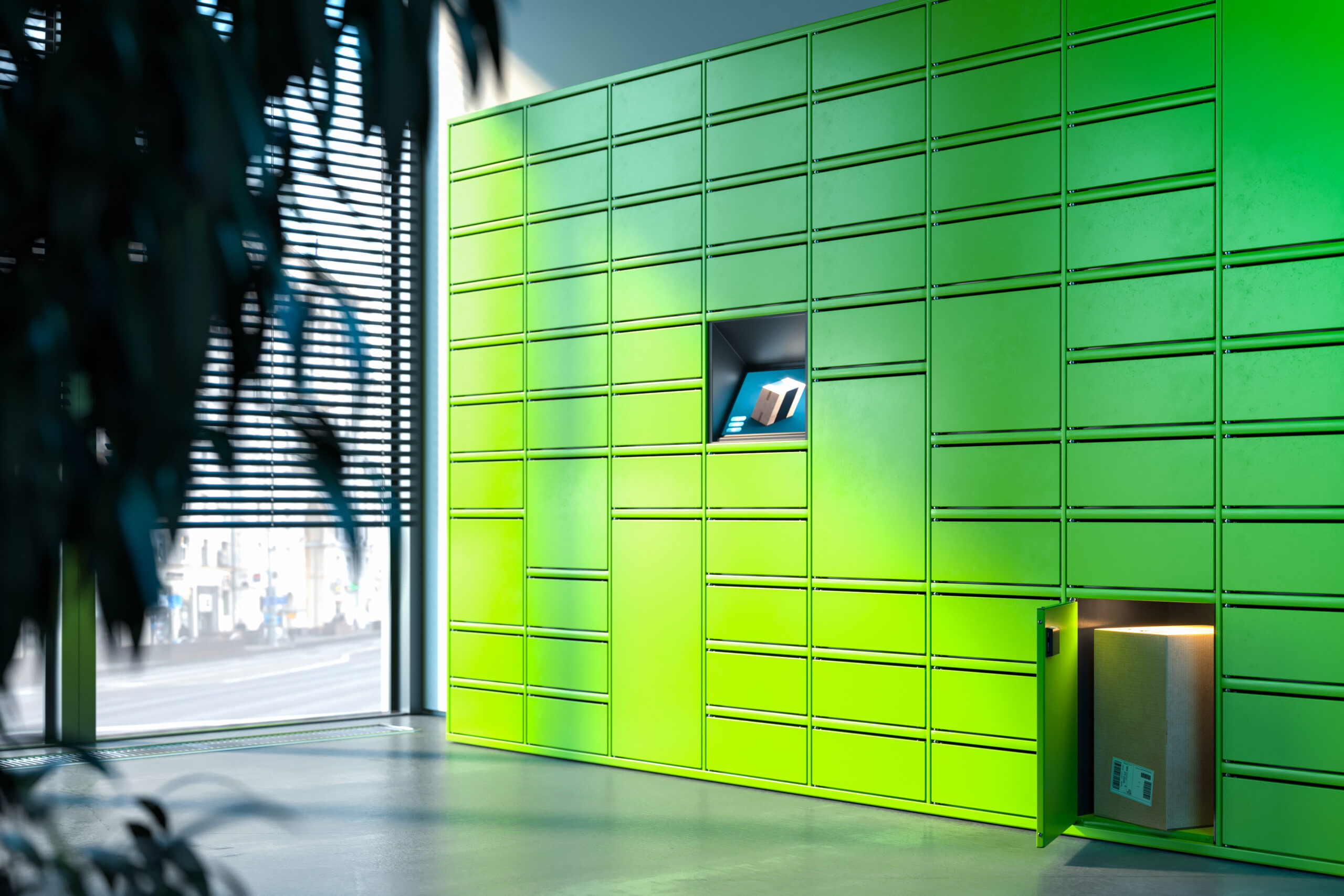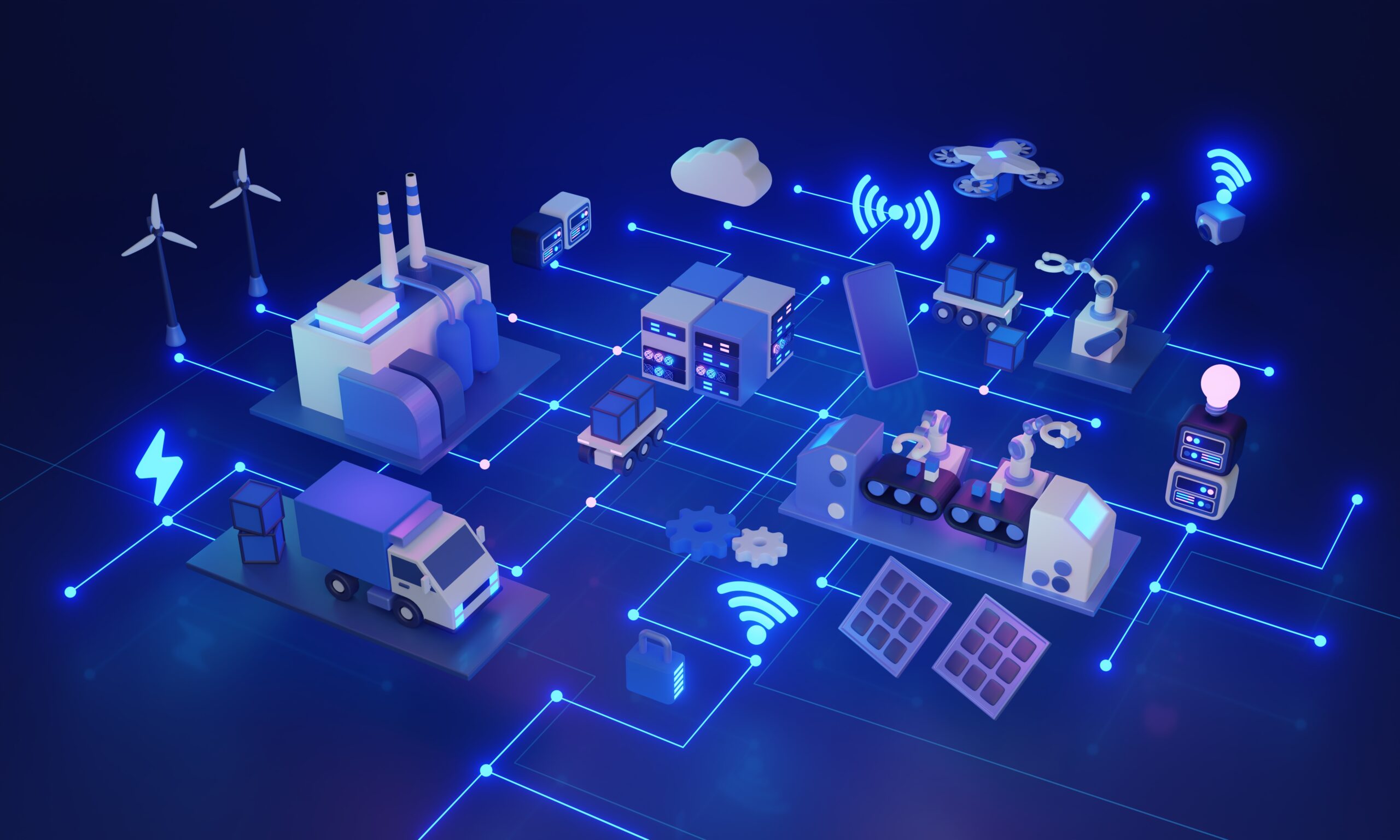Smart locker integration has revolutionised how we store and retrieve our belongings, offering convenience, security, and efficiency in various settings. However, the next step in their evolution holds even greater potential: integrating information technology to provide remote assistance. Imagine a user encounters an issue, such as a malfunctioning lock. Instead of resorting to traditional troubleshooting methods or waiting for on-site assistance, smart lockers with remote help capabilities can offer immediate support.
By harnessing the power of information technology, these advanced lockers can provide real-time assistance, diagnostics, and even remote repairs, revolutionising the user experience and taking the concept of smart locker integration to new heights.
The benefits of a smart locker system for introducing new workplace technology to staff
A smart locker system offers several benefits for introducing new workplace technology to staff:
Unified working experience
A key advantage of a smart locker integration is its effortless sync with any IT or IoT environment, providing a unified working experience for employees. This integration ensures optimal information management between the smart locker and other workplace technologies, such as access control systems or employee databases. The result is a cohesive ecosystem where employees can easily navigate and interact with various technologies, enhancing productivity and user satisfaction.

Always-on and secure
The smart locker integration system, built on Microsoft Azure or similar platforms, ensures continuous availability and robust security, similar to other top-office technologies. With high uptime and stringent security measures, employees can trust that their belongings and data stored in the lockers are protected. Furthermore, the system’s instant and frequent technological and feature upgrades keep it at the forefront of innovation, ensuring it remains adaptable to evolving workplace technology needs.
Automated data synchronisation
Manual synchronisation of employee data across remote, hybrid, and in-office work environments can be time-consuming and prone to errors. A smart locker integration with a software management system simplifies this process by automatically updating employee data in real time.
This eliminates manual interventions and ensures that employee information remains accurate and up-to-date across all work settings. Additionally, the software management system provides real-time use statistics and deep insights, enabling facilities and IT teams to gain valuable information about locker usage patterns and make data-driven decisions for optimisation.
Flexible procedure modifications
Introducing a smart locker system allows facilities and IT teams to adapt procedures to suit changing demands. As workplace technology evolves or organisational needs shift, procedures related to locker allocation, access protocols, or user permissions can be modified easily. The flexibility of the smart locker integration system empowers organisations to respond swiftly to changing requirements, ensuring that the locker system aligns with current practices and maximises efficiency.
Which period do you think had the most smartness in replacing IT hardware?
The period between the late 20th century and the early 21st century can be considered the era of significant advancements and “smartness” in replacing IT hardware. During this period, there was a rapid evolution in computer technology, leading to the development of smaller, faster, and more powerful hardware components. This era saw the rise of innovations such as microprocessors, solid-state drives, and cloud computing, which revolutionised the IT industry and transformed how hardware was replaced and upgraded.

In the late 20th century, we witnessed the advent of personal computers, which brought computing power to the masses. As technology progressed, hardware replacement became more frequent as new generations of processors, memory modules, and storage drives were introduced. The constant drive for higher performance and efficiency led to regular hardware upgrades, often necessitated by software advancements and increasing computing demands.
The early 21st century significantly shifted towards compact and mobile computing devices. Laptops, smartphones, and tablets became increasingly prevalent, offering powerful computing capabilities in portable form factors. This period also witnessed the emergence of IoT (Internet of Things) devices, where smart technology was integrated into various everyday objects, further driving the replacement of traditional hardware.
Additionally, advancements in virtualisation and cloud computing during this time allowed for more efficient and dynamic utilisation of hardware resources. Virtual machines and cloud-based infrastructure provided scalability, flexibility, and ease of hardware management, reducing the need for physical hardware replacements.
Overall, the late 20th and early 21st centuries brought about a wave of “smartness” in replacing IT hardware. This era saw rapid advancements, increased computing power, miniaturisation, mobility, and the integration of smart technology into various devices, shaping the modern landscape of IT hardware.
Conclusion
Incorporating remote help through information technology is the next leap forward for smart locker integration. With seamless integration, constant upgrades, automated data synchronisation, and preventive maintenance, these advanced storage solutions enhance user experience and streamline operations. The future of smart locker integration lies in their ability to provide immediate support, diagnostics, and repairs, ensuring a unified and efficient working environment. By embracing this evolution, organisations can unlock the full potential of smart lockers and embrace the benefits of technology-driven storage solutions.



